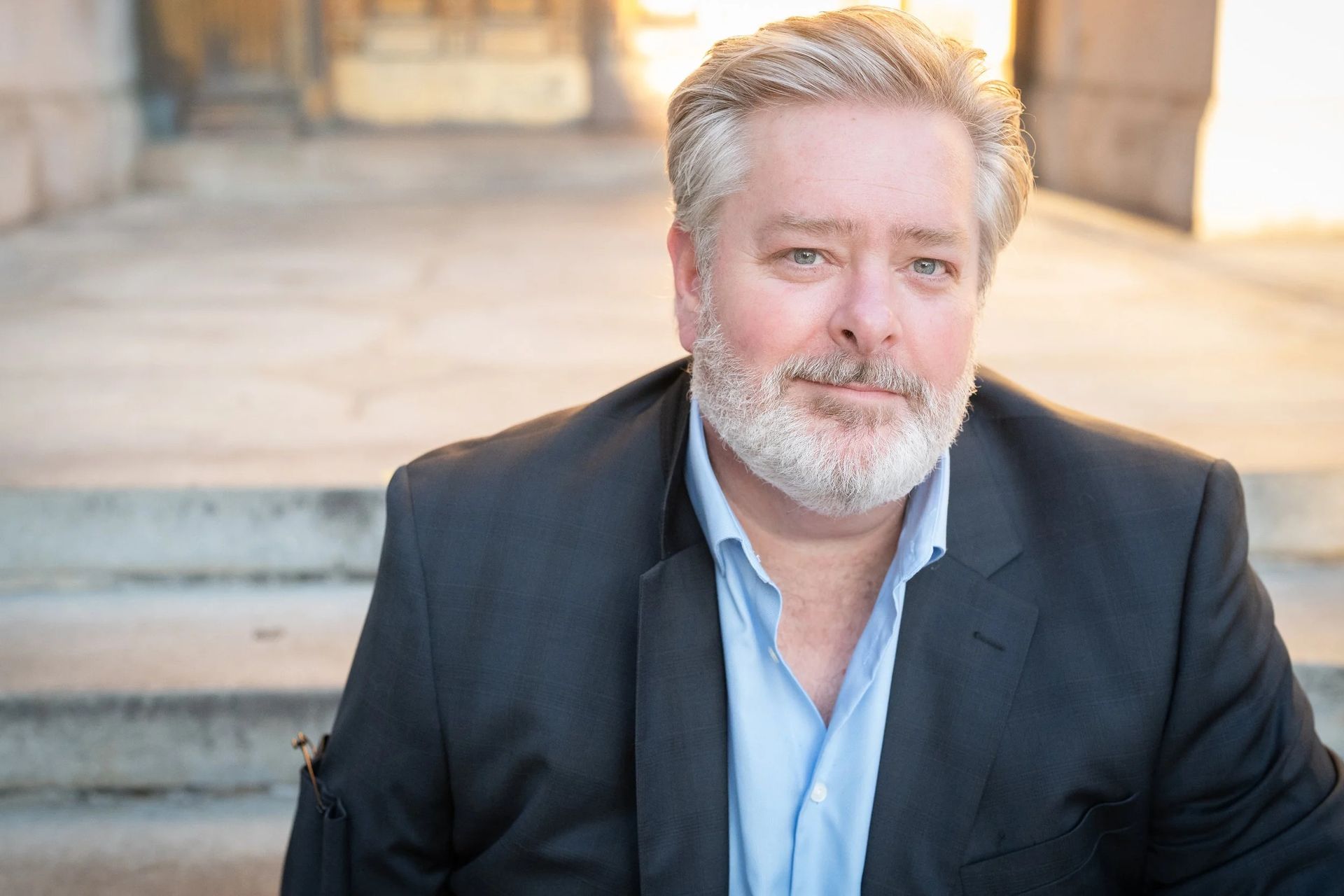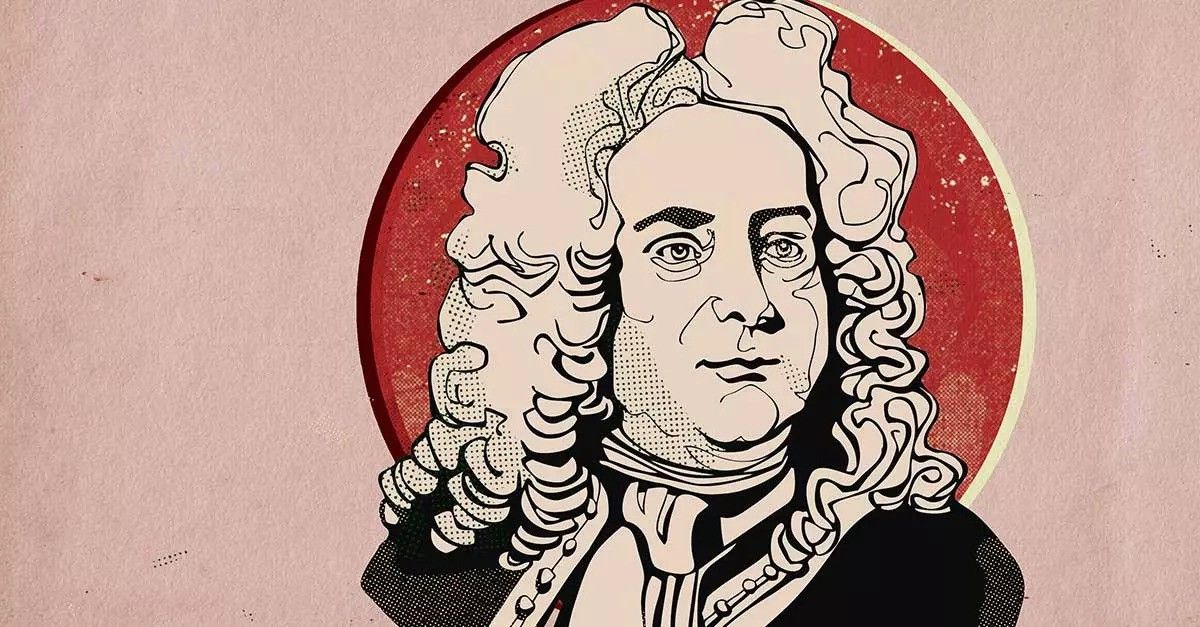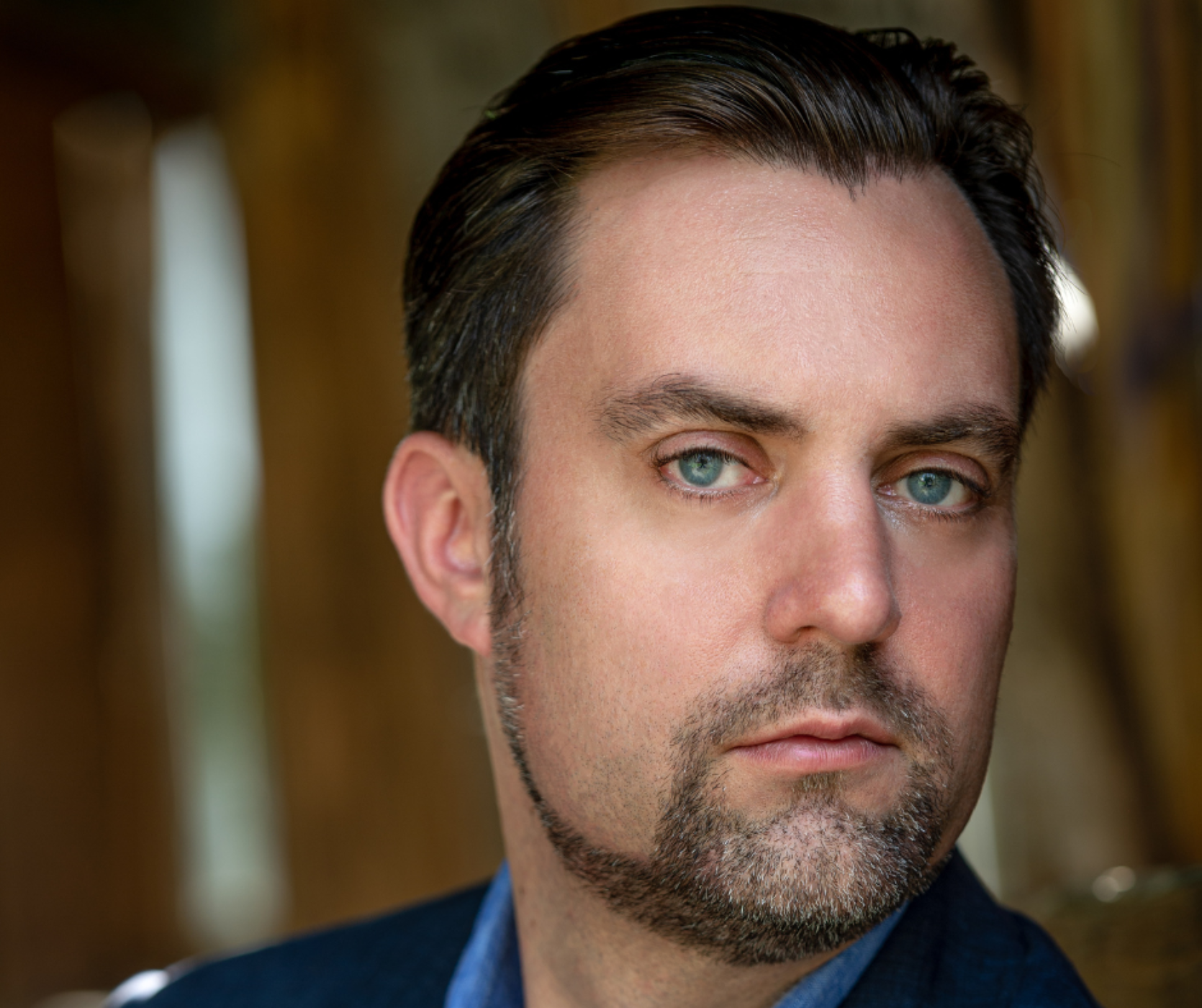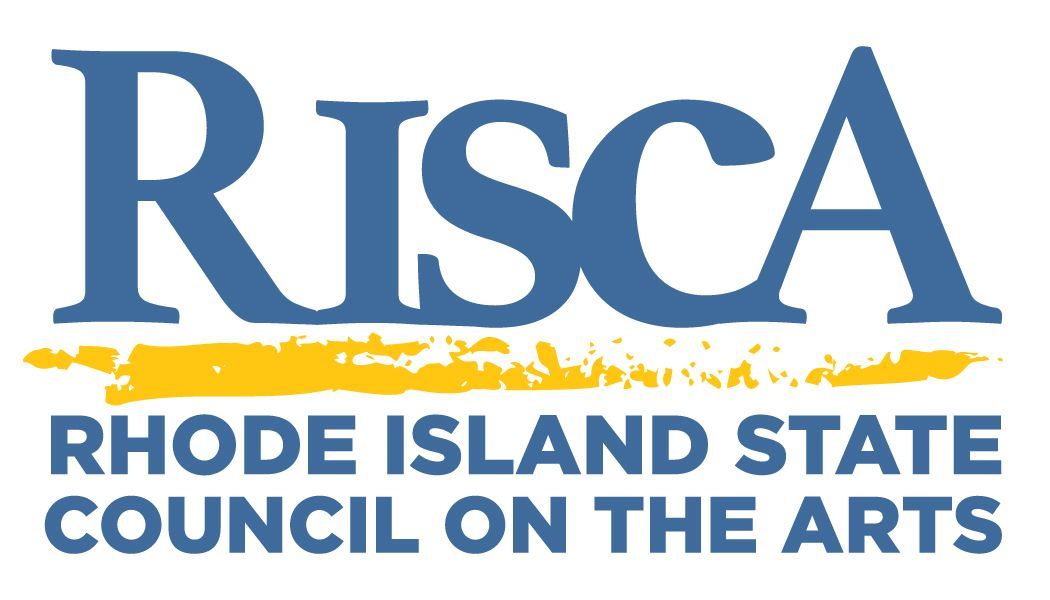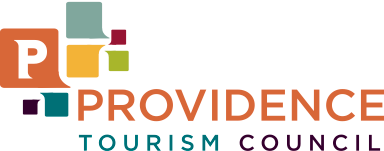THE STORY BEHIND: Rachmaninoff's Piano Concerto No.3
Share
On February 9 & 10, conductor José Luis Gomez and the Rhode Island Philharmonic Orchestra will present RACHMANINOFF WITH GARRICK OHLSSON.
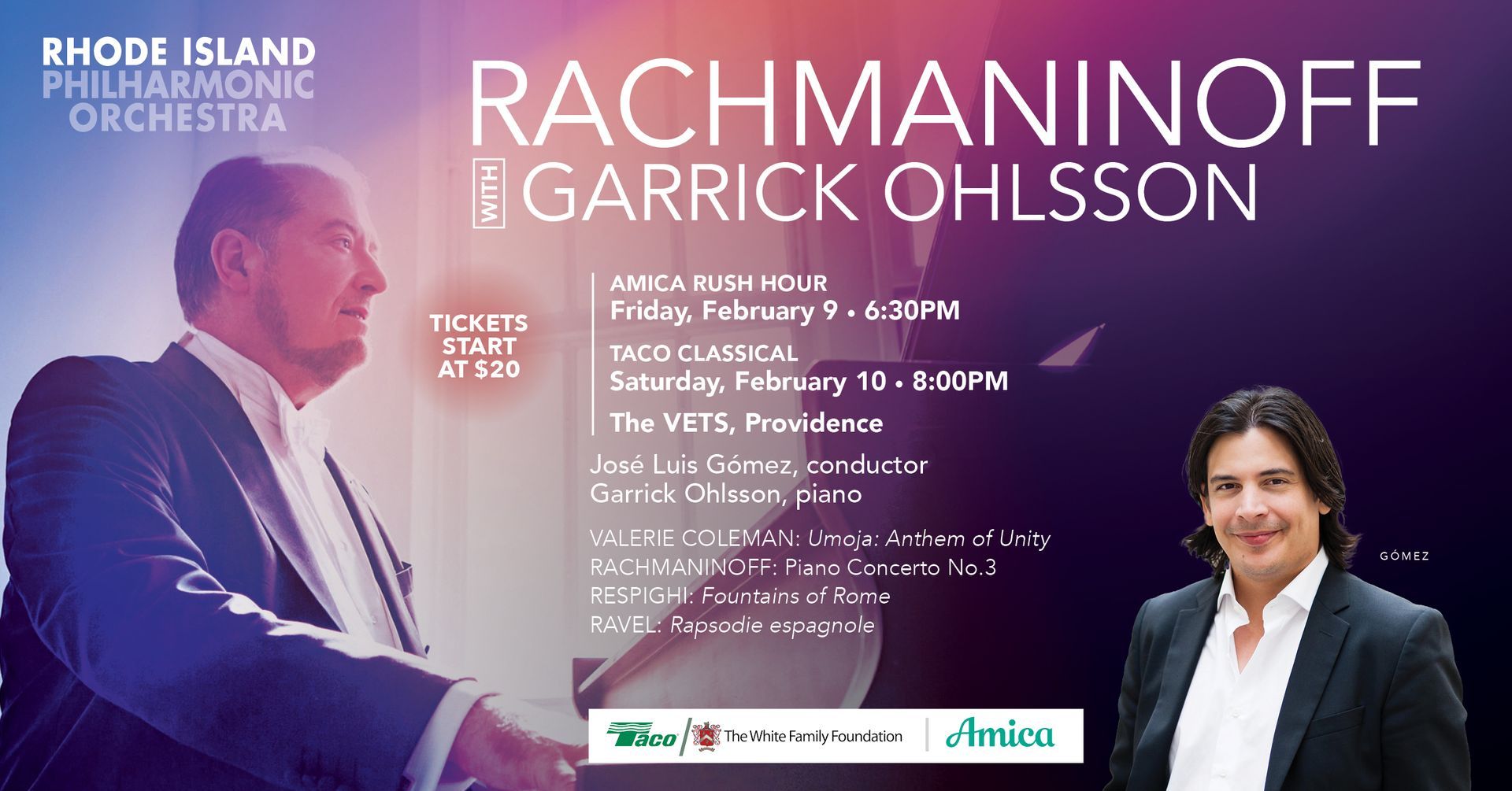
Title:
Piano Concerto No.3, op.30, D minor
Composer: Sergei Rachmaninoff (1873-1943)
Last time performed by the Rhode Island Philharmonic:
Last performed October 13, 1990 with Andrew Massey conducting and soloist Jeffrey Siegel. In addition to a solo piano, this piece is scored for two flutes, two oboes, two clarinets, two bassoons, four horns, two trumpets, three trombones, tuba, timpani and strings.
The Story:
The composition of Rachmaninoff’s Third Piano Concerto in 1909 is mysterious. The composer made no mention of it in his writings until much later, and his family did not even know he was composing the work until it was finished. This situation could have been due to the concerto’s connection with Rachmaninoff’s dreaded upcoming tour of the United States. As the time of the tour approached, he hated the idea more and more, but he had a contract that could not be broken. As it turned out, the tour was a success. Sergei Rachmaninoff premiered the D minor Concerto in New York in November 1909 with Walter Damrosch conducting. He played it in several other cities, then repeated it in New York the following January, this time under the baton of Gustav Mahler.
Because of the concerto’s difficult and unrelenting solo part, no other pianist would touch it for a long time, not even the great Joseph Hofmann to whom the work was dedicated. During the 1930s, Vladimir Horowitz became the first to play it regularly. Then, pianists of the next generation, such as Emil Gilels and Leonard Pennario, performed and recorded the concerto, firmly establishing its popularity and place in the repertoire.
In a letter of 1935 to organist/musicologist Joseph Yasser, Rachmaninoff remarked of the first movement’s main theme,
It simply ‘wrote itself!’ . . . If I had any plan in composing this theme, I was thinking only of sound. I wanted to ‘sing’ the melody on the piano, as a singer would sing it.…”
This long-breathed theme is the most important one in the concerto, since parts of it return, transformed, in all the movements. The second theme begins as a rhythmic dialogue between piano and orchestra, but soon evolves into a sweeping and lyrical expression like the main theme. Following a passionate development comes an even more passionate piano cadenza. The orchestra makes its presence felt little by little until a brief restatement of both themes in the movement’s ending.
The
Adagio
movement is titled
Intermezzo. An elegiac mood in the orchestral opening breaks off suddenly with the soloist’s entrance. Following the sumptuous first section comes a spirited
Scherzando
middle section for piano and pizzicato strings on a melody clearly derived from the first movement’s main theme.
The
Intermezzo
leads directly to the finale. The principal theme here is like a Russian dance, as brilliant and rhythmically driving as any by Tchaikovsky or Prokofiev. Episodes of varying character and tempo alternate with this theme. As a conclusion, Rachmaninoff creates increasing rhythmic excitement by incrementing the tempo to
Vivace, Vivacissimo, and finally a blazing
Presto
to form the ending.
Program Notes by Dr. Michael Fink © 2023 ALL RIGHTS RESERVED
Tickets start at $20! Click HERE or call 401-248-7000 to purchase today!

